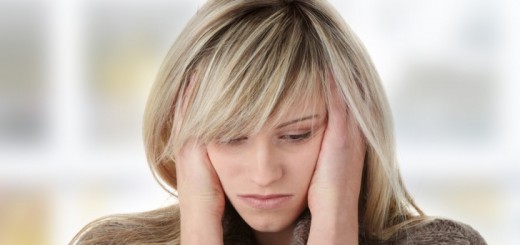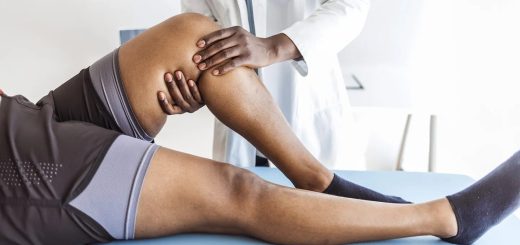Embodied Calm: Anxiety Reduction Techniques That Engage Body and Mind
Anxiety is a pervasive challenge in modern life, affecting millions worldwide. While the traditional approach often focuses on medication and therapy, an emerging wave of anxiety reduction techniques emphasizes the profound connection between the mind and body. These embodied practices harness the body’s innate wisdom to regulate the nervous system and promote a sense of calm.
Let’s delve into ten of these powerful techniques:
Progressive Muscle Relaxation (PMR):
This technique involves systematically tensing and relaxing different muscle groups. By consciously releasing tension, PMR teaches the body to distinguish between a state of stress and relaxation, making it easier to identify and manage anxiety triggers.
Diaphragmatic Breathing:
Also known as belly breathing, this technique involves deep breaths that engage the diaphragm. Diaphragmatic breathing activates the parasympathetic nervous system, responsible for the “rest and digest” response, counteracting the “fight or flight” reaction triggered by anxiety.
Mindful Movement:
Activities like yoga, tai chi, and qigong combine gentle movement with mindfulness. By focusing on the sensations of the body in motion, these practices cultivate a present-moment awareness that anchors the mind and soothes anxious thoughts.
Grounding Techniques:
Grounding exercises involve using the five senses to connect with the present environment. Focusing on concrete sensations, like the feeling of feet on the ground or the sound of birdsong, helps to shift attention away from anxious rumination.
Related: Disability Compensation Reductions for Anxiety Disorders: A Closer Look
Body Scan Meditation:
This guided meditation practice involves systematically bringing awareness to different parts of the body, and noticing any sensations without judgment. By cultivating a non-reactive awareness of bodily sensations, individuals can gain insights into their anxiety patterns and develop healthier responses.
Expressive Arts Therapies:
Engaging in creative activities like dance, music, art, or writing can provide a healthy outlet for expressing and processing emotions. These therapies offer a nonverbal avenue for exploring anxiety and discovering new coping mechanisms.
Nature Therapy (Ecotherapy):
Spending time in nature has been shown to have a profound impact on mental well-being. The sights, sounds, and smells of the natural world can reduce stress hormones, improve mood, and foster a sense of connection and calm.
Biofeedback:
This technology-assisted technique measures physiological responses like heart rate and muscle tension. By providing real-time feedback, biofeedback empowers individuals to become more aware of their bodily responses to stress and learn how to regulate them.
Somatic Experiencing (SE):
Developed by Dr. Peter Levine, SE is a body-oriented therapy that helps individuals heal from trauma and manage anxiety. By focusing on the body’s sensations and movements, SE facilitates the release of trapped energy and promotes a sense of safety and resilience.
Sensorimotor Psychotherapy:
This approach integrates body awareness with traditional talk therapy. By exploring the relationship between thoughts, emotions, and bodily sensations, sensorimotor psychotherapy helps individuals develop new ways of relating to their anxiety and create lasting change.
The Power of Embodied Practices
Embodied anxiety reduction techniques offer a holistic approach to managing this common mental health challenge. By recognizing the interconnectedness of mind and body, these practices empower individuals to tap into their innate capacity for self-regulation and healing.
While medication and traditional therapy can be effective for many individuals, incorporating embodied practices can complement and enhance their benefits. By actively engaging with the body’s wisdom, individuals can cultivate a deeper understanding of their anxiety and develop a toolbox of coping mechanisms to navigate life’s challenges with greater ease and resilience.
If you’re struggling with anxiety, consider exploring some of these embodied techniques. Remember, the journey to well-being is unique for everyone. Experiment with different approaches to discover what resonates most with your body and mind. With patience, practice, and professional guidance, you can reclaim your inner calm and create a life that thrives.









